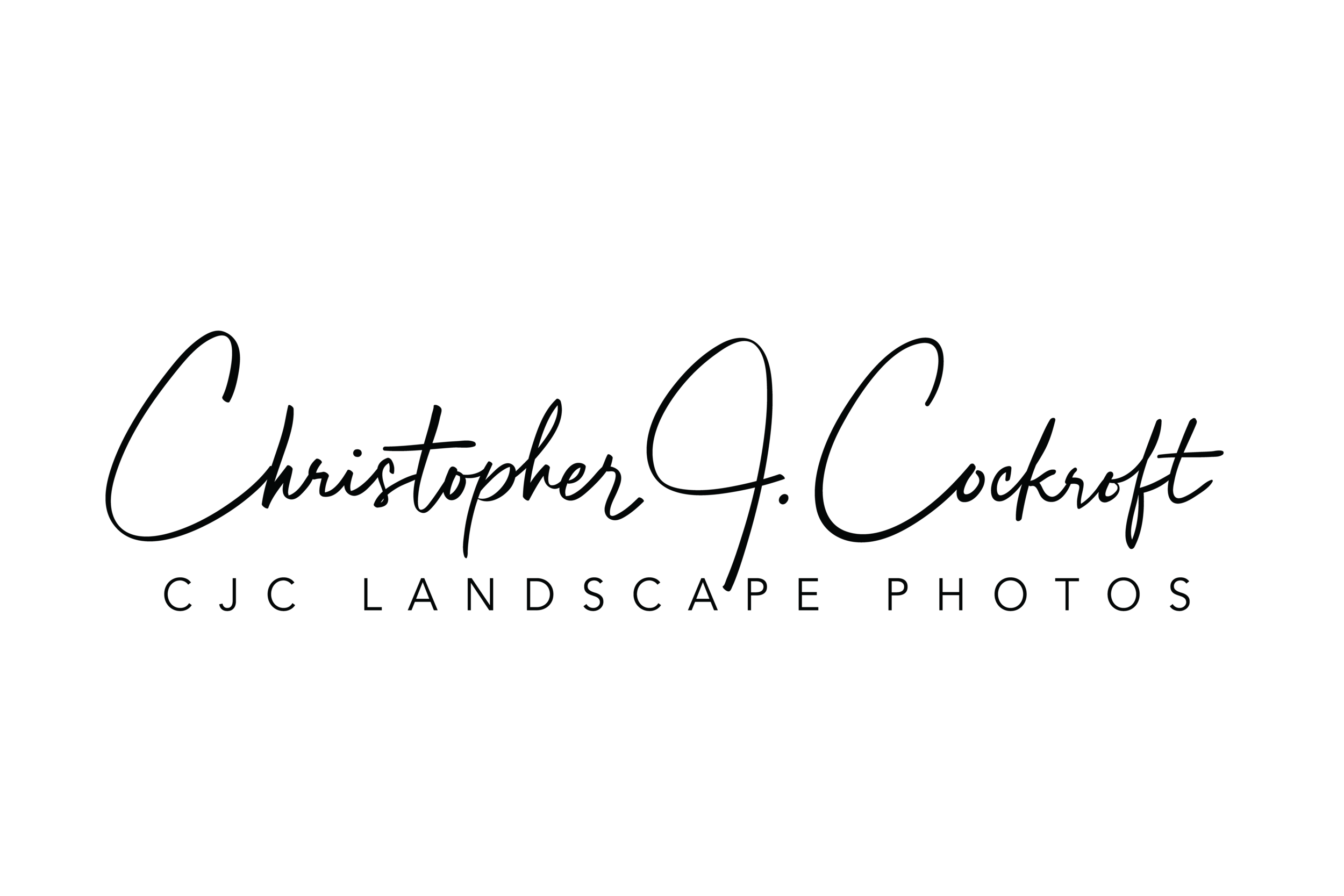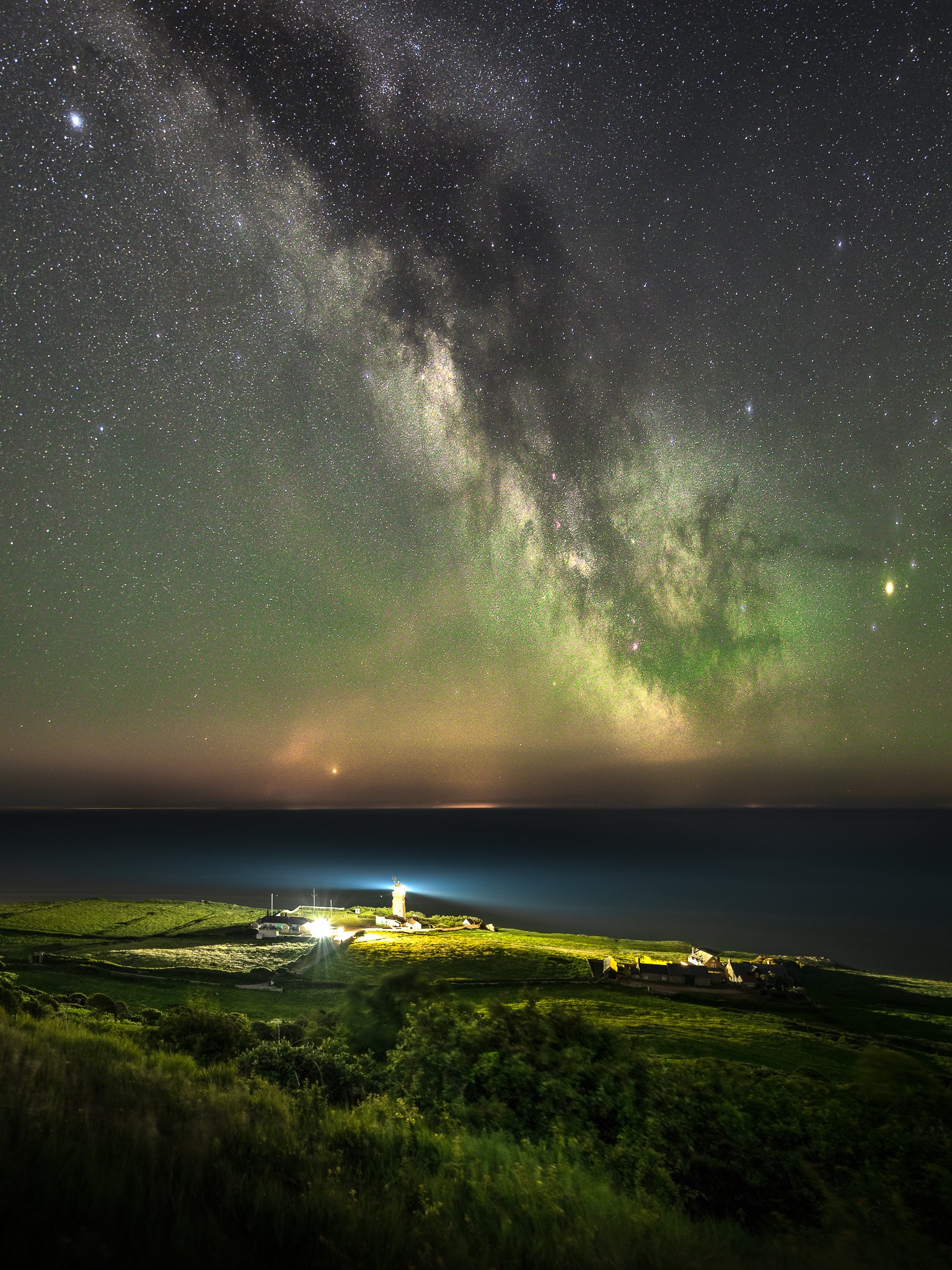St. Catherines
St. Catherines
St. Catherines is a photographers dream, being the southern most tip of the Island it works well at Sunrise, Sunset, and with the benefit of the Islands dark skies its also a great location for astro photography. It is not the most accessible spot as it is not possible to drive right to the location so will require at least a 10 minute walk down quite a steep road to get to the best views. It definitely feels steeper on the way back up to the car. Once on location the Lighthouse forms the main obvious subject for a photo and there can be compositions found to either side of the lighthouse depending on whether you are there for sunrise or sunset. Its also possible to take a longer walk up on to the cliffs above the lighthouse for a more elevated view of the location.
Sunrise at St. Catherines Point and Lighthouse.
Getting there:
St. Catherines Lighthouse at Sunset.
The nearest village to St. Catherines is Niton which can be reached by taking the A3020 from Newport towards Sandown, to reach the Blackwater Junction. There turn right to continue on the A3020 towards Rookley at Godshill.
On reaching Rookley turn right onto Niton Road (Signposted Niton, Chale, Blackgang) and follow the road right to Niton.
On reaching the village centre there is small one way section, turn left at the T Junction by the village pub and head towards the Niton Undercliff. Once in the under cliff area there are signposts for the Lighthouse that you can follow, turning right onto St. Catherines Road. There is no dedicated parking for the lighthouse so you will need to find somewhere on St. Catherines Road which can be busy in the Summer.
Once Parked you will need to walk along St. Catherines road following the signs for the Lighthouse. This will take you down a steep road past a sign warning of no vehicular access, it is fine to continue as a pedestrian though. Continue to follow the road until you see the lighthouse.
What to Shoot:
The Milky Way and Air Glow from above St. Catherines
The Lighthouse itself is the obvious, and possibly only subject at the point itself. Fortunately it makes a great subject for a photo. It is possible to photograph from the road if you do not want to walk all the way down to the cliff edges, however the best options are from the cliffs to the left or right of the lighthouse. Either side can be accessed by stiles just before you reach the gates to the lighthouse and from there paths take you down and along the cliffs on either side.
There are options for compositions using the path and rocks for foreground interest and leading lines on both sides. Unfortunately the wooden fence and stile that used to be across the path to the right of the Lighthouse has been removed, although the footplate of the stile has been left in place and now works as bench that can be used in compositions.
It is also possible to take a path onto the cliffs above the Lighthouse, the path can be accessed through a gate on the right hand side shortly after passing the last houses on the road down to the lighthouse, if you reach the really steep section of the road you have gone to far. Once through the gate it is a steep but short climb up to the cliffs and the compositions start to arrive immediately with a small rocky section forming a good base to sit. It is possible to continue along the path to find any combination of foreground that works. This is a popular spot for Astro photography as you can get above the lighthouse so the light from the beacon is not such an issue, so don’t be surprised to find other photographers up there on a clear night.
Other Options:
Options other than the lighthouse are fairly limited at this spot, there is a set of farm houses which can be used as a subject or to compliment the lighthouse, but other strong subjects are limited not the headland. There are other locations nearby, Castlehaven and Watershoot Bay particularly that warrant a visit, either in combination with St. Catherines or as a trip in their own right.



